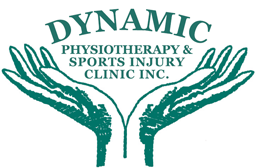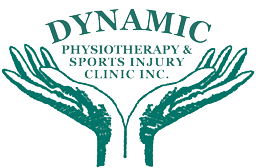Chronic Tendinitis / Repetitive Strain Injury Treatment
Repetitive Strain Injuries is a term used to describe cumulative trauma suffered as a result of repetitive movements often in the hand and often because these movements are performed with poor positioning. Repetitive Strain Injuries are similar to tendinitis (inflammation of a tendon), tenosynovitis (inflammation of the tendon sheaths), carpal tunnel syndrome and Thoracic Outlet Syndrome.
Repetitive strain injuries can lead to chronic pain and disability. Repetitive Strain Injuries often occur due to an occupation or job but may also occur to some kinds of activities performed at home. Repetitive strain injuries is an injury of the musculoskeletal and nervous system as a result of repetitive tasks, forceful exertions, vibrations (jackhammers), pressing or compression of the hand surfaces (mechanical compression) or sustained or awkward positioning. Repetitive strain injuries can also affect the forearm, wrist, elbow and hands.
Signs And Symptoms Of Repetitive Strain Injuries / Chronic Tendinitis
- Tenderness in the affected muscles or joints
- Pain in the affected muscle or joints
- A throbbing (pulsating) sensation in the affected area
- Pins and needles (tingling) in the affected area, especially in the hand or arm
- May be a loss of sensation in the affected muscles
- Loss of strength in the affected muscles
Causes Of Repetitive Strain Injuries / Chronic Tendinitis
- Overuse of muscles in the affected areas, such as shoulder, hands, arms on a daily basis
- Area is affected by repetitive forceful activity
- Activities performed in a cool or cold place
- Use of vibrating equipment such as jackhammers
- Poorly organized workplace stations
- Poorly designed equipment with poor ergonomics
- Working in awkward positions
- Not enough rest or breaks
Treatment Of Repetitive Strain Injuries / Chronic Tendinitis
Focus for treatment would involve reducing inflammation pain and swelling. If the injury is due to compression, removing the compressive forces can help to relieve symptoms. Education regarding proper ergonomics, workstations to help and reduce future possibilities of re-injury. Possible proper braces/splints to help decrease excessive movement of the joint.

